When we run out of arrows in the quiver, it’s amazing how we revert to price.
Bam! A buyer has backed you into a corner, discounting seems inevitable, and you’re wondering, “How did I get here?”
What if you never had to be in that position again?
Check out these five tips to never discount your price–all coming directly to you from my newest Masterclass about Pricing.
Interested in learning more than what you’re reading here? Click here for more info.
1. Present price in person.
Don’t just throw your offer out to somebody by way of an email. No. It’s too easy for them to push back and say, “Hey, your price is too high,” or “Let’s tweak this, let’s change that…”
I want to go eyeball-to-eyeball, even if I’m meeting virtually.
I never send the proposal until 30 seconds before I meet with them. The goal is to get them face-to-face, so I send the proposal and then I’m going to walk them through it. This is going to help me present to you, the customer, the full value and benefit of what you’re going to get.
Read more about Pricing Rules I Wish I’d Known About Earlier
2. Tie price to time.
Time is something we can’t make more of. It’s gone. So I want to link price to time. How? I make sure that all my offers have an expiration date. But more importantly, I let customers know that by making the decision today, you’re going to be able to start reaping the benefits tomorrow. And by the end of the next quarter, or whatever period of time, this is what’s going to happen.
You want them to realize that delaying the decision is not in their best interest. In fact, delaying the decision only hurts their ROI. So it is really incumbent on them to actually accelerate. In turn, that makes the deal worth more to them because they’re going to get more ROI out of it.
3. Tie to the customer’s needs.
I never present a price by saying, “Hey, it’s going to be $10,000 and you’re going to get X, X, and X.”
Instead, try: “It’s $10,000 and this is going to help you do X, X, X.” Notice the difference?
In the former, I was stating a price and just telling you what you’re going to get. In the second, I present the price, $10,000, and here’s what you’re going to be able to do, because you’re going to be able to achieve these outcomes.
You always link your price to the customer’s needs.
4. Present with confidence.
If you can’t present with solid eye contact, a strong voice, and confident body language, guess what? There’s a discount to be had.
I’ve had more purchasing agents tell me this. They say, “When a salesperson’s sitting across from us at the desk or online, if they can’t give me eye contact when they present the price, it’s amazing how we know there’s a discount.”
Of course, it’s the same thing with your voice and body language. However, your vocabulary also has an impact. I’ll give you an example of weak vocabulary:
“Well, here is the package we came up with and we think this is a good price. What do you think?”
When you say, “What do you think?” you’re inviting the customer to discount. I don’t think you should ever ask. You tell the customer the price. And when you tell the customer, you communicate it with confidence.
5. Be prepared to walk away.
You can never go into any deal without being prepared to walk away. If you’re not prepared to walk away, you will be emotionally tied to it and you’ll wind up giving away the farm.
Purchasing decisions on your end need to be non-emotional.
On the other hand, you want to make them emotional for the customer. You want them to feel the pain and the agony if they don’t make a decision, while you stay calm, cool, and collected.
Because if you get emotional and you are not prepared to walk away, you’ll start cutting your price. And once you cut your price once, you’ll cut your price again and again and again. And then one day you’ll wake up and think, what happened to my profitability?
Tough times are (thankfully) temporary.
But tough times can also create new opportunities.
Tune in to this week’s episode of The Sales Hunter Podcast with Paul Reilly. Paul argues it’s not about giving your customer a cheaper price, but rather about making them more money. Want to know what that looks like? Join Mark and Paul as they discuss how to demonstrate value sooner and how you can help yourself, and the prospect, to look more long-term.
Listen wherever you stream podcasts.
Like the podcast? I’d appreciate it if you’d rate and review the podcast and give your feedback!
Congratulations to The Sales Hunter University!
Named Global Guru’s Top 10 in the World’s Best Sales Development Programs–2 years in a row!
I’m proud of all that The Sales Hunter University has accomplished, but I’m even more excited about what it has to offer for sales leaders around the world.
This past month we released another successful masterclass all about Pricing. There’s an incredible course list at The Sales Hunter University which you can find here. Or, did you know you can become an All Access member and get unlimited access to EVERY masterclass? See the full list of perks All Access members enjoy here.
Copyright 2022, Mark Hunter “The Sales Hunter” Sales Motivation Blog. Mark Hunter is the author of A Mind for Sales and High-Profit Prospecting: Powerful Strategies to Find the Best Leads and Drive Breakthrough Sales Results.
linkedinyoutubetwitterfacebookinstagrampinterest

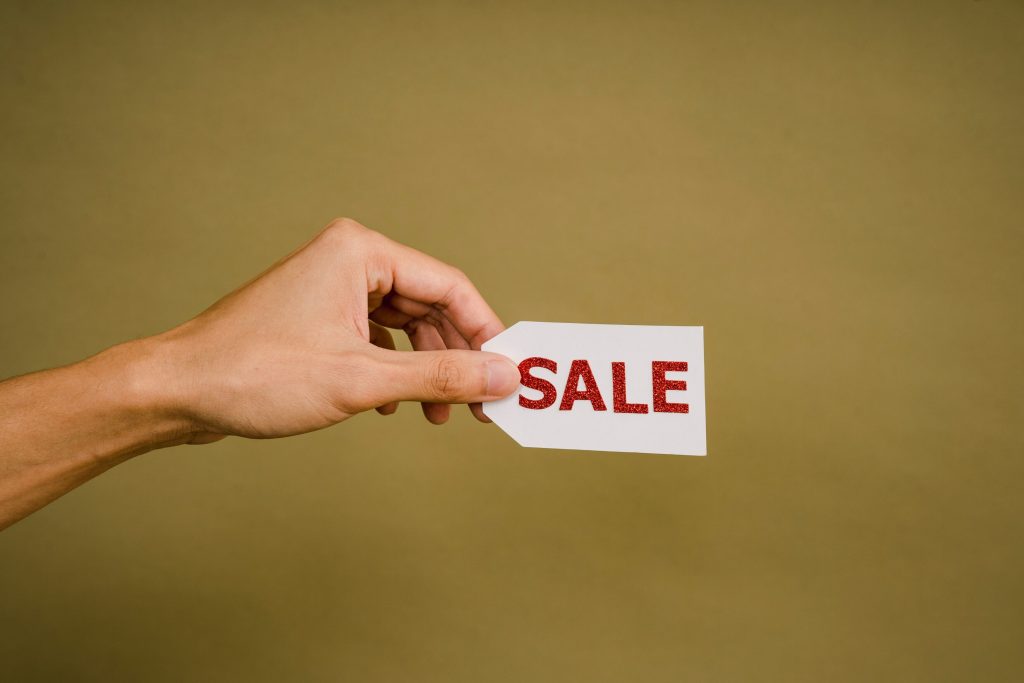
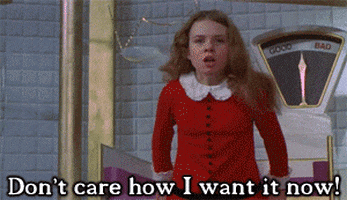







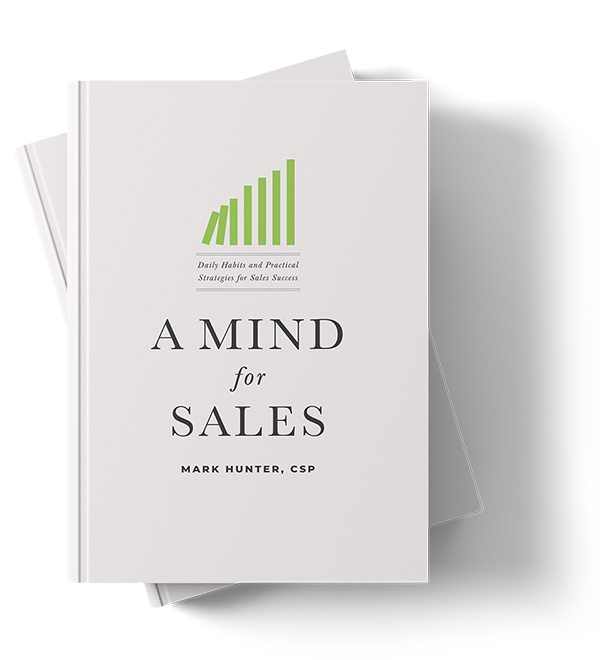
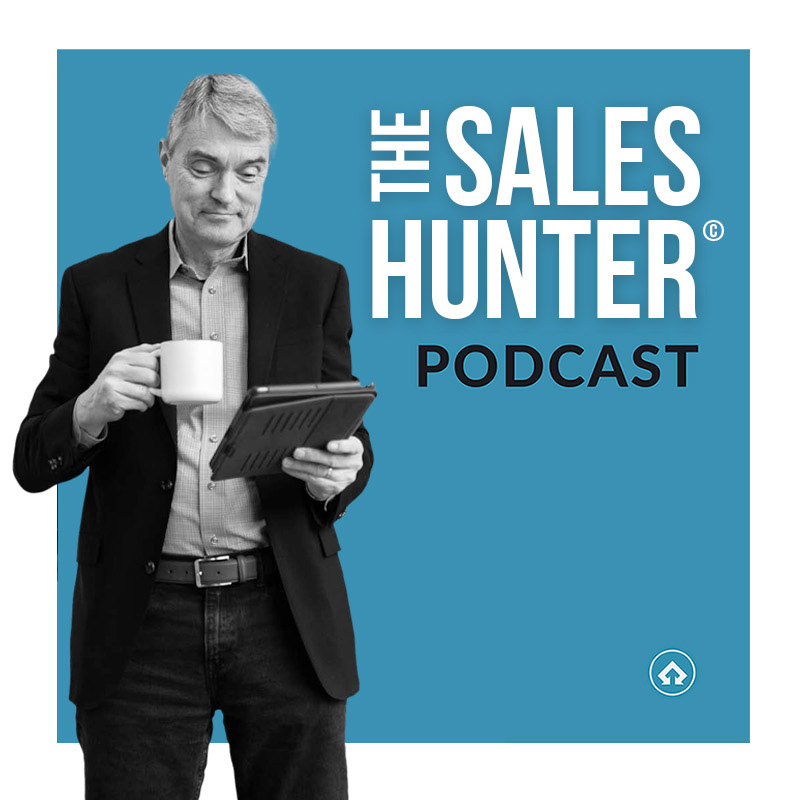

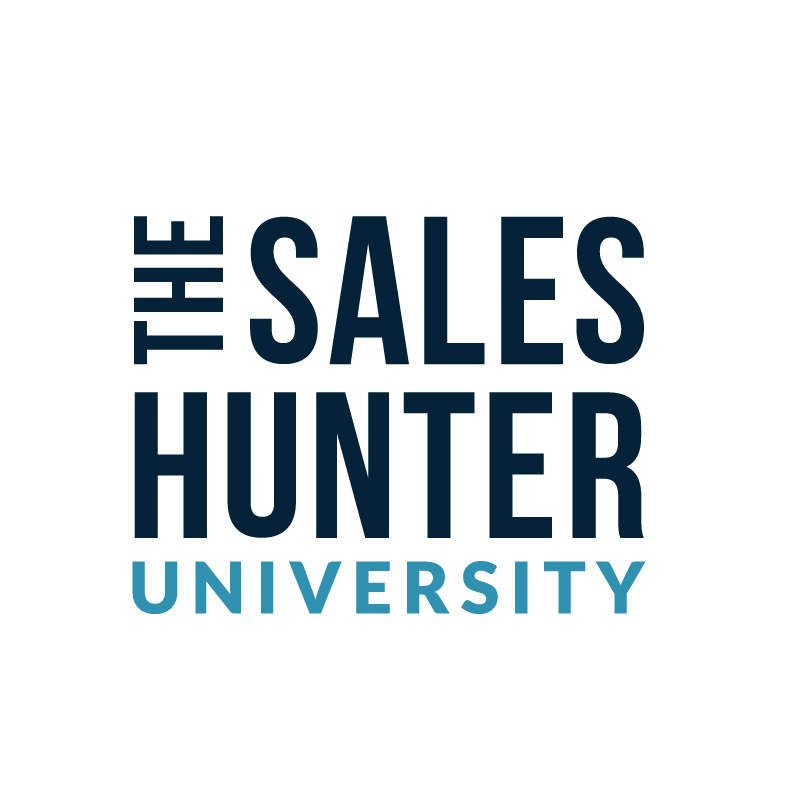
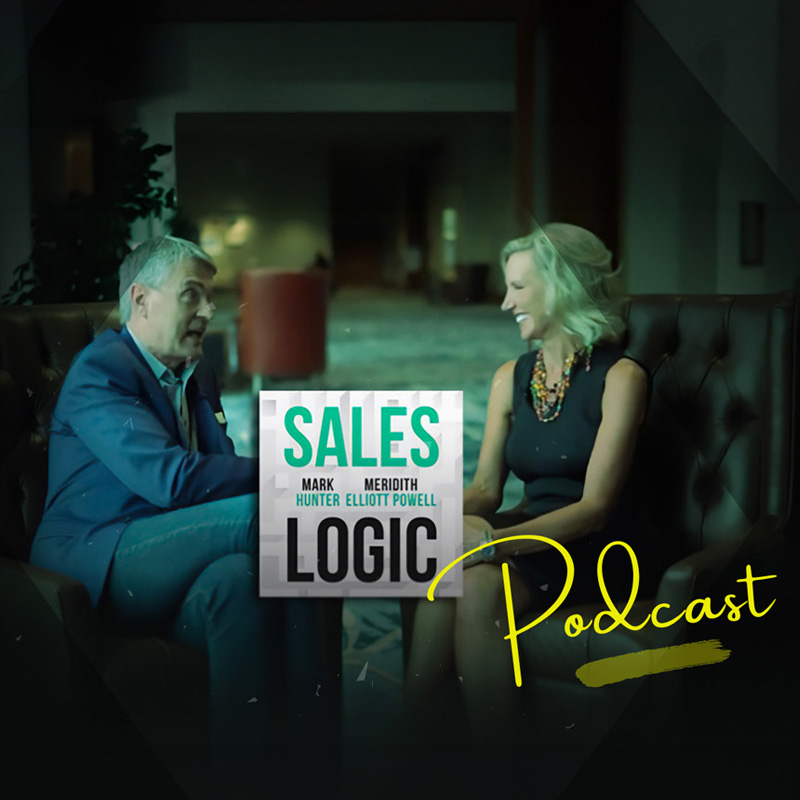
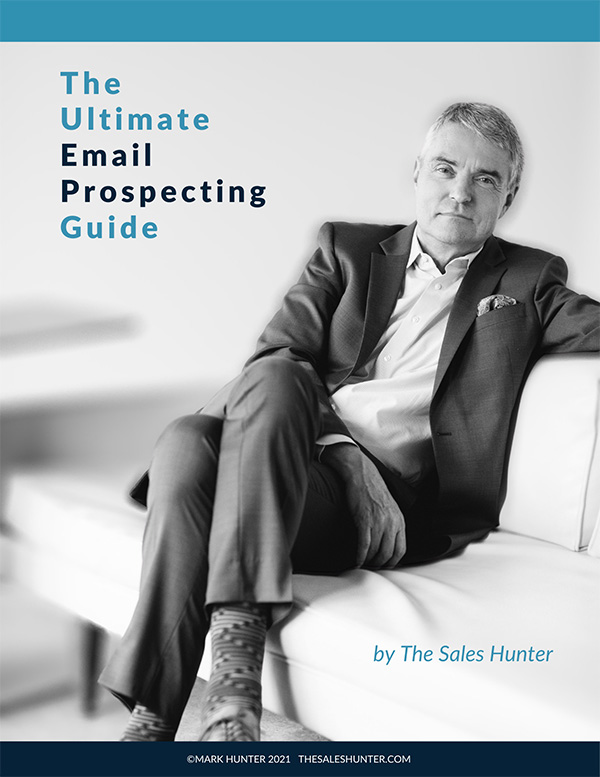
3 Responses
awesome
Hey mark, Even though all of these factors fall into place the competitor factor will still be a trouble right .There is a cut throat competition out there ,even our competitor will be selling around the same price range right .When we are prepared to walk away wouldnt the customer to come prepared as he have another option in his hands .I think a reasonable discount can draw the prospect towards us .What do you think?
Hi Lakshman! Thanks for your comment. You’re right, it’s difficult in today’s competitive market. However, customers will always pay whatever price you want as long as they believe the value they are getting is greater than the price. Price is the reflection of the salesperson’s confidence!
You might check out this post Mark wrote about ways to overcome a price objection: 10 Ways to Overcome a Price Objection